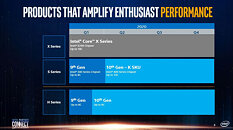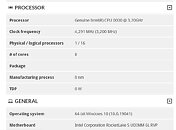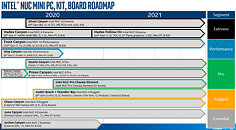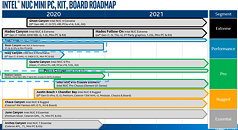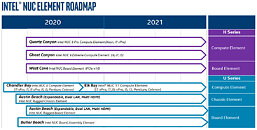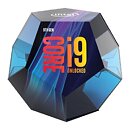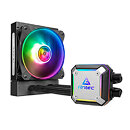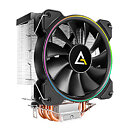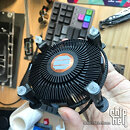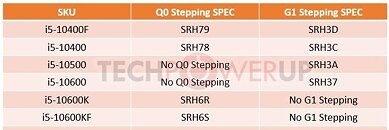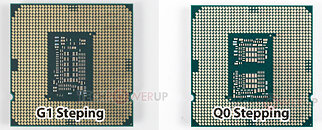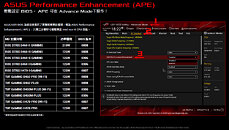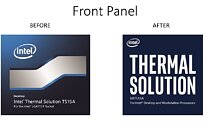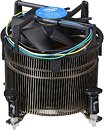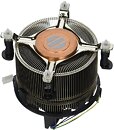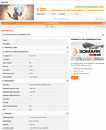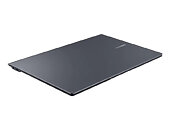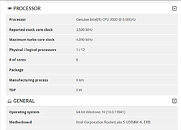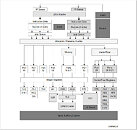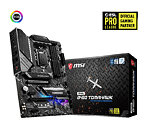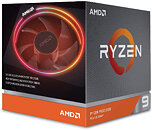
Intel "Sapphire Rapids," "Alder Lake" and "Tremont" Feature CLDEMOTE Instruction
Intel's three upcoming processor microarchitectures, namely the next-generation Xeon "Sapphire Rapids," Core "Alder Lake," and low-power "Tremont" cores found in Atom, Pentium Silver, Celeron, and even Core Hybrid processors, will feature a new instruction set that aims to speed up processor cache performance, called CLDEMOTE "cache line demote." This is a means for the operating system to tell a processor core that a specific content of a cache (a cache line), isn't needed to loiter around in a lower cache level (closer to the core), and can be demoted to a higher cache level (away from the core); though not flushed back to the main memory.
There are a handful benefits to what CLDEMOTE does. Firstly, it frees up lower cache levels such as L1 and L2, which are smaller in size and dedicated to a CPU core, by pushing cache lines to the last-level cache (usually L3). Secondly, it enables rapid load movements between cores by pushing cache lines to L3, which is shared between multiple cores; so it could be picked up by a neighboring core. Dr. John McCalpin from UT Austin wrote a detailed article on CLDEMOTE.
There are a handful benefits to what CLDEMOTE does. Firstly, it frees up lower cache levels such as L1 and L2, which are smaller in size and dedicated to a CPU core, by pushing cache lines to the last-level cache (usually L3). Secondly, it enables rapid load movements between cores by pushing cache lines to L3, which is shared between multiple cores; so it could be picked up by a neighboring core. Dr. John McCalpin from UT Austin wrote a detailed article on CLDEMOTE.


